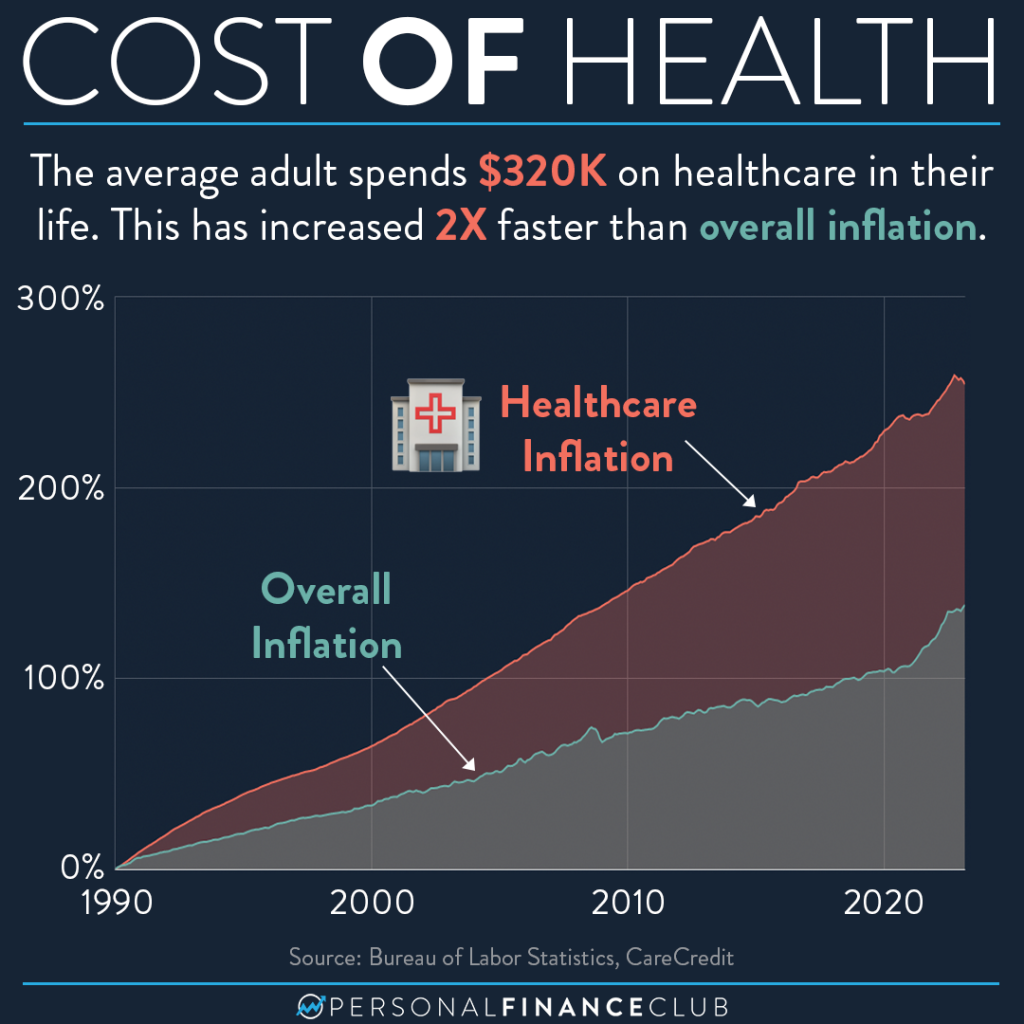Exactly How to Implement Healthcare RCM for a Smooth Income Cycle
Exactly How to Implement Healthcare RCM for a Smooth Income Cycle
Blog Article
A Comprehensive Overview on How Healthcare RCM Functions to Improve Invoicing and Collections
Browsing the intricacies of health care earnings cycle administration (RCM) is crucial for suppliers intending to boost their invoicing and collections procedures. The overview unboxes the complexities of RCM, from patient enrollment to receivables management, supplying understandings right into maximizing each step. Integrating advanced innovation and standard procedures can considerably lower claim denials and increase payment cycles. Yet, truth difficulty lies in effortlessly combining these aspects to enhance capital. As we explore the core elements and approaches that drive effectiveness, one inquiry remains: just how can healthcare entities finest position themselves to flourish financially in an ever-evolving market?
Understanding Earnings Cycle Administration
Realizing the details of Revenue Cycle Monitoring (RCM) is vital for health care companies aiming to maximize their financial performance. RCM is an important management feature that encompasses the entire monetary process of client treatment, from the preliminary consultation readying to the last repayment of the equilibrium. It is an intricate treatment created to recognize, collect, and handle the profits from the solutions given to people. Effective RCM makes certain that medical care companies get prompt and precise repayments, decreasing the threat of profits loss and enhancing capital.
The RCM process begins when a client schedules a consultation and prolongs through the person's care trip, consisting of billing and collections. A crucial goal is to decrease the time between offering a service and getting settlement, therefore boosting the company's financial health. RCM entails different features such as individual enrollment, insurance policy verification, charge capture, coding, asserts entry, settlement uploading, and dealing with denials and allures.
Trick Elements of RCM
In the world of Profits Cycle Administration (RCM), understanding its crucial parts is fundamental to attaining financial efficiency within health care companies. RCM is a comprehensive procedure that encompasses different stages, each important to ensuring efficient payment and collections. The main elements consist of person registration, insurance policy verification, charge capture, coding, claim submission, repayment uploading, and receivable management.


When coded, insurance claims are submitted to payers, where accuracy is paramount to prevent denials or delays - Healthcare RCM. Settlement uploading entails recording the gotten repayments, which allows for the reconciliation of accounts. Finally, receivables management focuses on monitoring and attending to unpaid insurance claims, making certain timely follow-up and resolution
Each element of RCM is adjoined, and inadequacies in any kind of component can interfere with the whole cycle. Consequently, understanding these components is necessary for medical care providers to maximize earnings and boost their monetary health.
Strategies for Efficient Payment

Systematizing invoicing procedures across the company is an additional crucial method. Establishing clear standards for documents, coding, and submission assists maintain consistency and conformity with regulatory needs. Training staff on a regular basis on these procedures ensures everyone is updated with the most recent modifications in invoicing codes and payer plans.
Precise charge capture is necessary in stopping revenue leak. Implementing routine audits and tracking systems enables the recognition and adjustment of discrepancies before they influence revenue. Additionally, keeping open lines of interaction with payers aids to swiftly solve any type of conflicts or misunderstandings that might emerge.

Last but not least, appealing people early in the invoicing process by providing clear price quotes and instructional products regarding their monetary duties can significantly decrease confusion and enhance repayment timeliness. These approaches collectively add to an extra economically healthy and reliable billing system.
Enhancing Collections Procedures
Offered the complexities of clinical invoicing and the range of payer demands, boosting the collections process includes executing tactical measures that ensure timely and exact payment of solutions rendered. Automation devices can assist in see this site tracking case standings, sending timely suggestions to patients, and handling rejections much more successfully.
Training team to understand the nuances of insurance coverage and invoicing codes is similarly necessary. This understanding equips them to address billing disparities rapidly and interact properly with clients regarding their financial obligations. In addition, transparent and clear person interactions are vital. Supplying in-depth explanations of charges and offering adaptable settlement plans can enhance person fulfillment and timely payments.
Routine audits of the collections process should be performed to identify areas for enhancement and guarantee compliance with guidelines. By examining data, health care organizations can identify trends, expect possible problems, and adjust techniques accordingly (Healthcare RCM). Ultimately, a well-enhanced collections process not only supports economic wellness yet additionally adds to a much more smooth experience for patients and staff alike
Optimizing Earnings Streams
Structure upon the structure of a solid collections process, health care companies can further boost their economic security by strategically maximizing revenue streams. This entails a multi-faceted method, beginning with a detailed evaluation of existing profits resources to determine inefficiencies and locations for development. Employing advanced information analytics devices makes it possible for organizations to gain understandings right into payer mix, person demographics, and service use patterns, enabling for data-driven choices that boost revenue capture.
Applying automated billing systems can substantially lower mistakes and quicken claims processing, guaranteeing that income is gathered extra efficiently. Additionally, optimizing payer agreements through normal arrangements can boost reimbursement prices and terms, directly affecting the lower line. Expanding solution offerings, such as incorporating telehealth or wellness programs, can likewise attract a more comprehensive patient base, therefore raising earnings potential.
An additional crucial element is enhancing individual involvement and contentment, as completely satisfied people are most likely to stick to therapy strategies and make timely repayments. Using adaptable payment options and clear payment methods can enhance collections and foster client loyalty. Healthcare RCM. By adopting these techniques, medical care organizations can create a much more resilient economic structure, guaranteeing sustained development and stability in an ever-changing industry landscape
Conclusion
Finally, medical care Income Cycle Management (RCM) plays a vital duty in maximizing invoicing and collections procedures by incorporating key elements such as client enrollment, insurance coverage confirmation, fee capture, coding, declares submission, and balance due administration. By using advanced innovation, standardizing treatments, and promoting individual engagement, doctor can dramatically the original source reduce claim rejections, accelerate repayment cycles, and enhance money flow. This extensive method to RCM eventually causes boosted monetary effectiveness and sustainability for health care companies.
The RCM procedure begins when a person routines a visit and expands via the individual's care trip, including payment and collections.One more vital component is enhancing person interaction and complete satisfaction, as satisfied individuals are more most likely to stick to therapy strategies and make timely payments. Supplying flexible repayment alternatives and clear invoicing methods can boost collections try this website and foster patient commitment.In conclusion, medical care Income Cycle Administration (RCM) plays an important role in enhancing billing and collections processes by integrating key parts such as person enrollment, insurance coverage confirmation, fee capture, coding, claims entry, and accounts receivable administration. By utilizing innovative innovation, standardizing procedures, and fostering client engagement, health care suppliers can significantly reduce case rejections, accelerate settlement cycles, and boost cash money flow.
Report this page